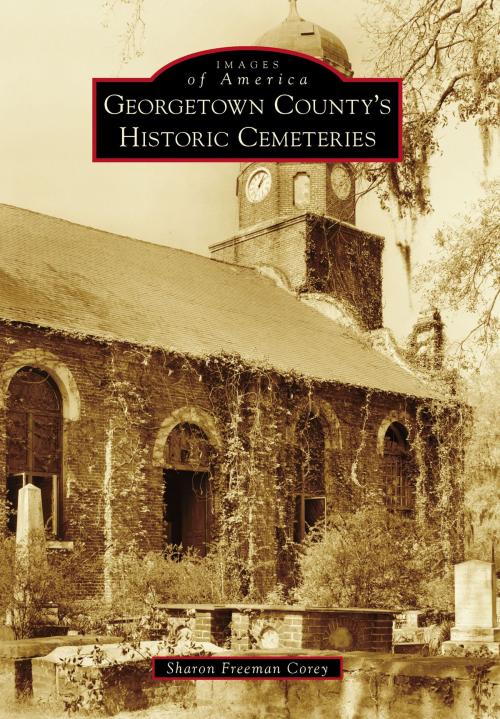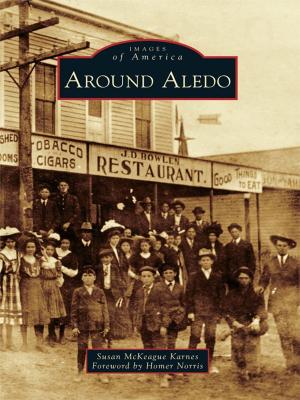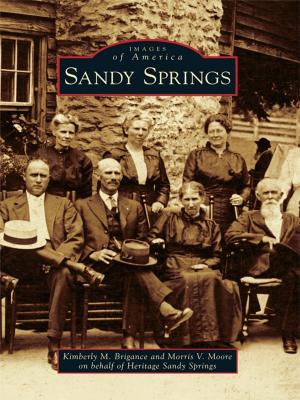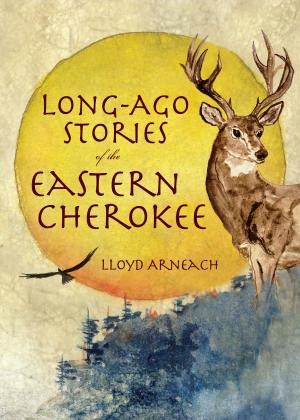Georgetown County's Historic Cemeteries
Nonfiction, Art & Architecture, Architecture, Public, Commercial, or Industrial Buildings, Photography, Pictorials, Travel, History| Author: | Sharon Freeman Corey | ISBN: | 9781439658062 |
| Publisher: | Arcadia Publishing Inc. | Publication: | October 10, 2016 |
| Imprint: | Arcadia Publishing | Language: | English |
| Author: | Sharon Freeman Corey |
| ISBN: | 9781439658062 |
| Publisher: | Arcadia Publishing Inc. |
| Publication: | October 10, 2016 |
| Imprint: | Arcadia Publishing |
| Language: | English |
Georgetown is the third-oldest city in the state of South Carolina and the county seat of Georgetown County. Named for King George III of England, Georgetown County lies on the Atlantic Ocean surrounding Winyah Bay. The county's rivers--Santee, Sampit, Black, Pee Dee, and Waccamaw--were named by the Native Americans who were the area's first inhabitants. In 1732, the land was settled by the English, French, and Scots. Their first staple crop was indigo, but rice soon became the indisputable king of the Lowcountry and flourished in the marshes along the banks of the county's many rivers, creeks, and bays. By 1850, the county contained more than 175 rice plantations. The plantation era ended with the Civil War, the loss of enslaved labor, and a series of devastating hurricanes. Georgetown County's history will forever remain a part of the live oaks and Spanish moss found throughout the county and is retold in every cemetery within Images of America: Georgetown County's Historic Cemeteries.
Georgetown is the third-oldest city in the state of South Carolina and the county seat of Georgetown County. Named for King George III of England, Georgetown County lies on the Atlantic Ocean surrounding Winyah Bay. The county's rivers--Santee, Sampit, Black, Pee Dee, and Waccamaw--were named by the Native Americans who were the area's first inhabitants. In 1732, the land was settled by the English, French, and Scots. Their first staple crop was indigo, but rice soon became the indisputable king of the Lowcountry and flourished in the marshes along the banks of the county's many rivers, creeks, and bays. By 1850, the county contained more than 175 rice plantations. The plantation era ended with the Civil War, the loss of enslaved labor, and a series of devastating hurricanes. Georgetown County's history will forever remain a part of the live oaks and Spanish moss found throughout the county and is retold in every cemetery within Images of America: Georgetown County's Historic Cemeteries.















